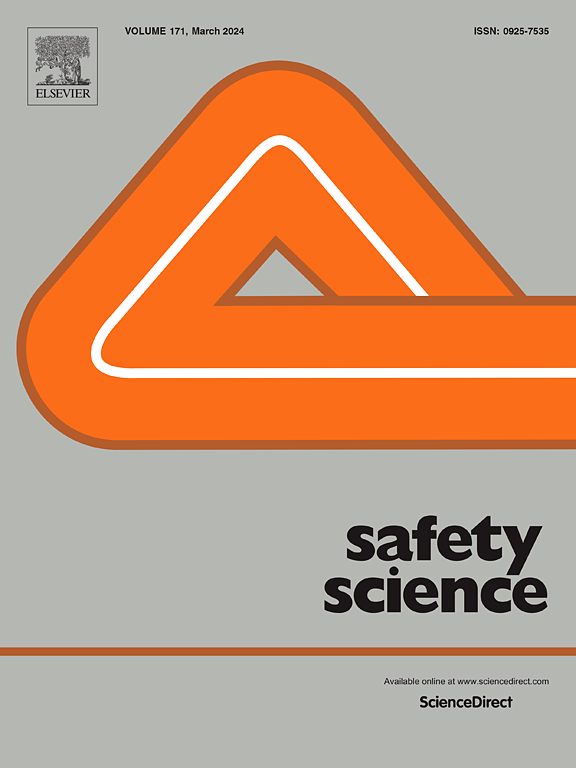How digital twin technology may improve safety management: A multi-industry perspective
IF 4.7
1区 工程技术
Q1 ENGINEERING, INDUSTRIAL
引用次数: 0
Abstract
Digital twin (DT) technology, which integrates physical and virtual systems through continuous interaction, enables real-time monitoring, predictive analysis and informed decision-making. This innovative approach is emerging as a transformative method to enhance safety management in high-risk industries. This study identifies key enabling technologies critical to the implementation of digital twin, including virtual modeling, machine learning, Internet of Things (IoT), computer vision, extended reality and robotics. Together, these technologies provide a wide range of functions to improve safety management, including safety simulation analysis, safety state monitoring, predictive safety maintenance, safety risk assessment and safety performance optimization. The research also proposes an application framework for digital twin technology to advance its development and implementation. In addition, this study explores the challenges of application of digital twin technology in the field of safety management, which includes (1) data integration and sharing; (2) integration of different technologies; (3) digital technology versus human centric principle. The paper suggests that future research should focus on: (1) developing verifiable and adaptive functionalities; (2) optimizing technological interoperability; (3) implementing human-centered principle. A unique contribution of this work is its detailed analysis of the research, development and application of digital twin technology for safety management across the five high-risk industries.
数字孪生技术如何改善安全管理:多行业视角
数字孪生(DT)技术通过持续的交互集成了物理和虚拟系统,实现了实时监控、预测分析和知情决策。这种创新的方法正在成为加强高风险行业安全管理的一种变革性方法。本研究确定了实现数字孪生的关键技术,包括虚拟建模、机器学习、物联网(IoT)、计算机视觉、扩展现实和机器人技术。这些技术共同提供了广泛的功能来改善安全管理,包括安全模拟分析、安全状态监测、预测性安全维护、安全风险评估和安全性能优化。研究还提出了数字孪生技术的应用框架,以促进其发展和实施。此外,本研究还探讨了数字孪生技术在安全管理领域应用所面临的挑战,包括:(1)数据集成与共享;(2)不同技术的整合;(3)数字技术与以人为中心原则。未来的研究重点应放在:(1)开发可验证和自适应的功能;(2)优化技术互操作性;(3)贯彻以人为本。这项工作的一个独特贡献是它详细分析了数字孪生技术在五个高风险行业安全管理中的研究、开发和应用。
本文章由计算机程序翻译,如有差异,请以英文原文为准。
求助全文
约1分钟内获得全文
求助全文
来源期刊

Safety Science
管理科学-工程:工业
CiteScore
13.00
自引率
9.80%
发文量
335
审稿时长
53 days
期刊介绍:
Safety Science is multidisciplinary. Its contributors and its audience range from social scientists to engineers. The journal covers the physics and engineering of safety; its social, policy and organizational aspects; the assessment, management and communication of risks; the effectiveness of control and management techniques for safety; standardization, legislation, inspection, insurance, costing aspects, human behavior and safety and the like. Papers addressing the interfaces between technology, people and organizations are especially welcome.
 求助内容:
求助内容: 应助结果提醒方式:
应助结果提醒方式:


